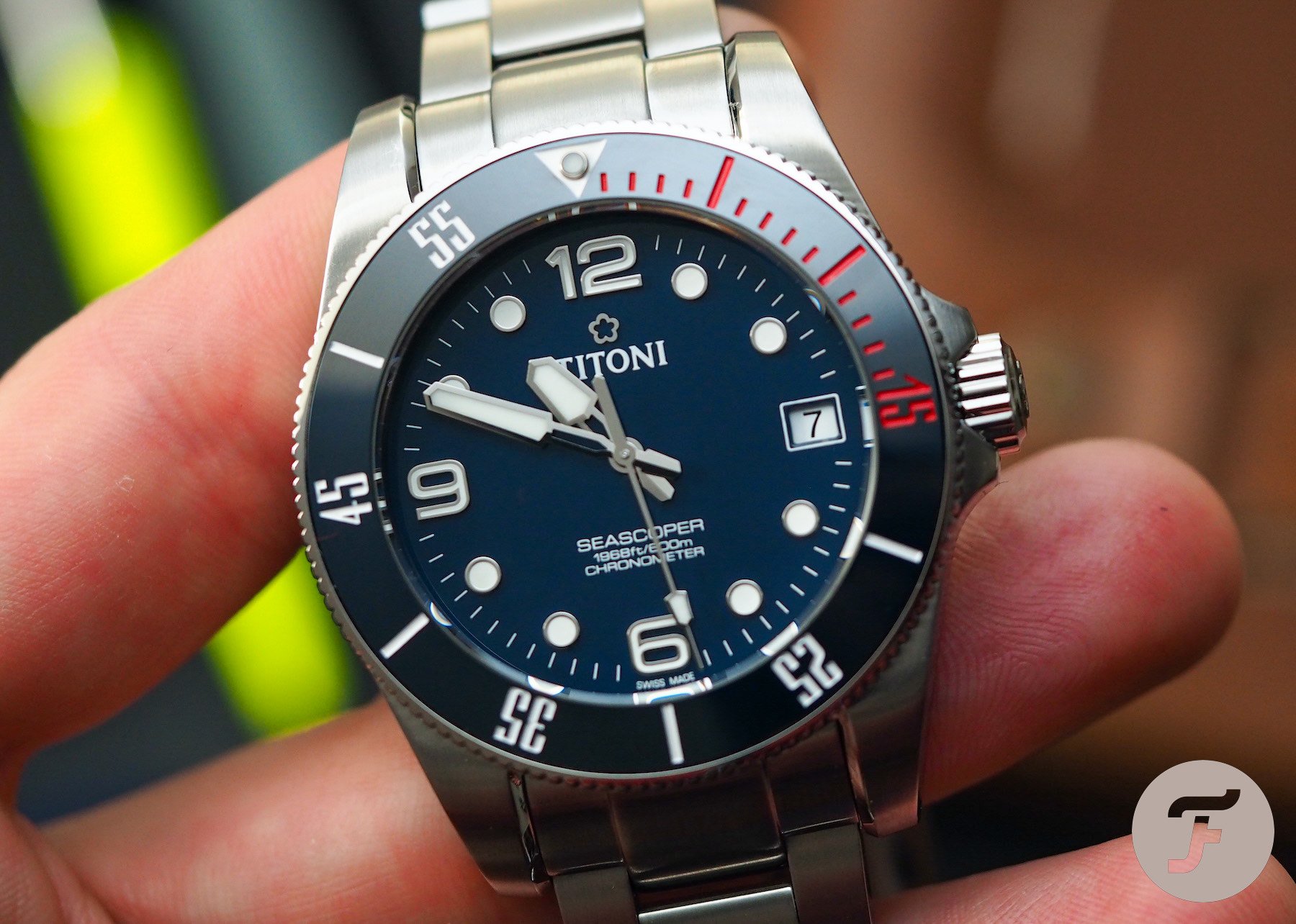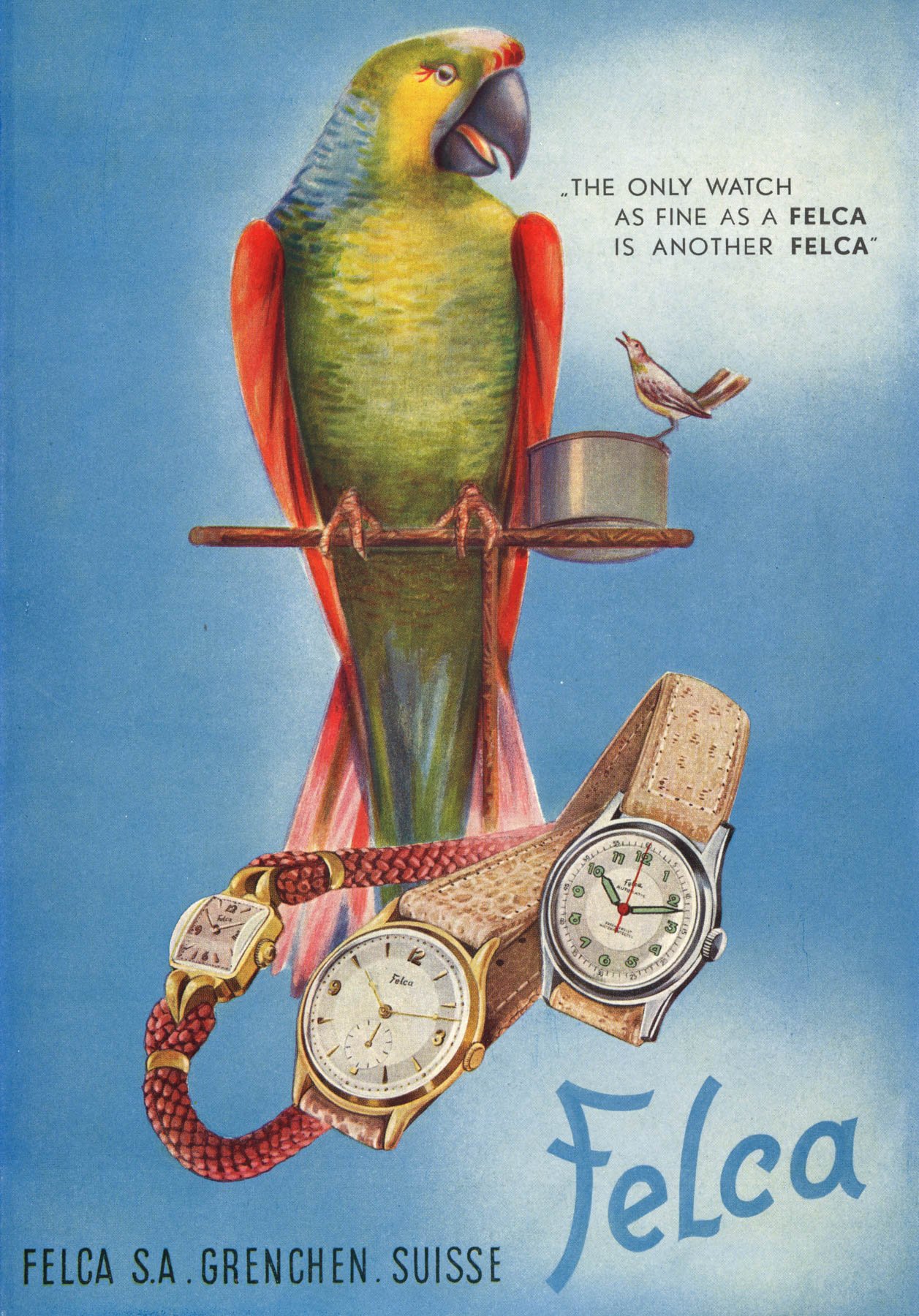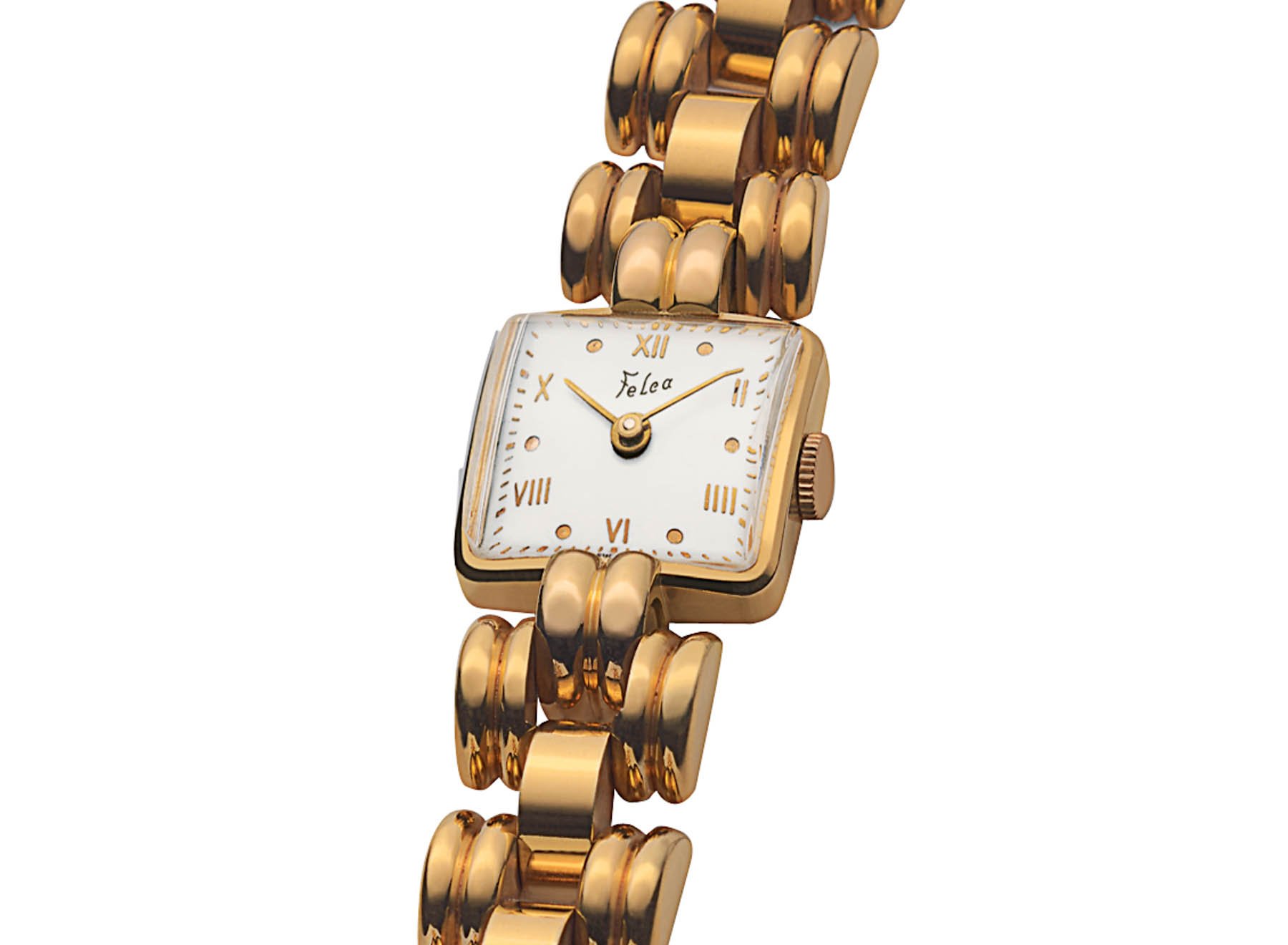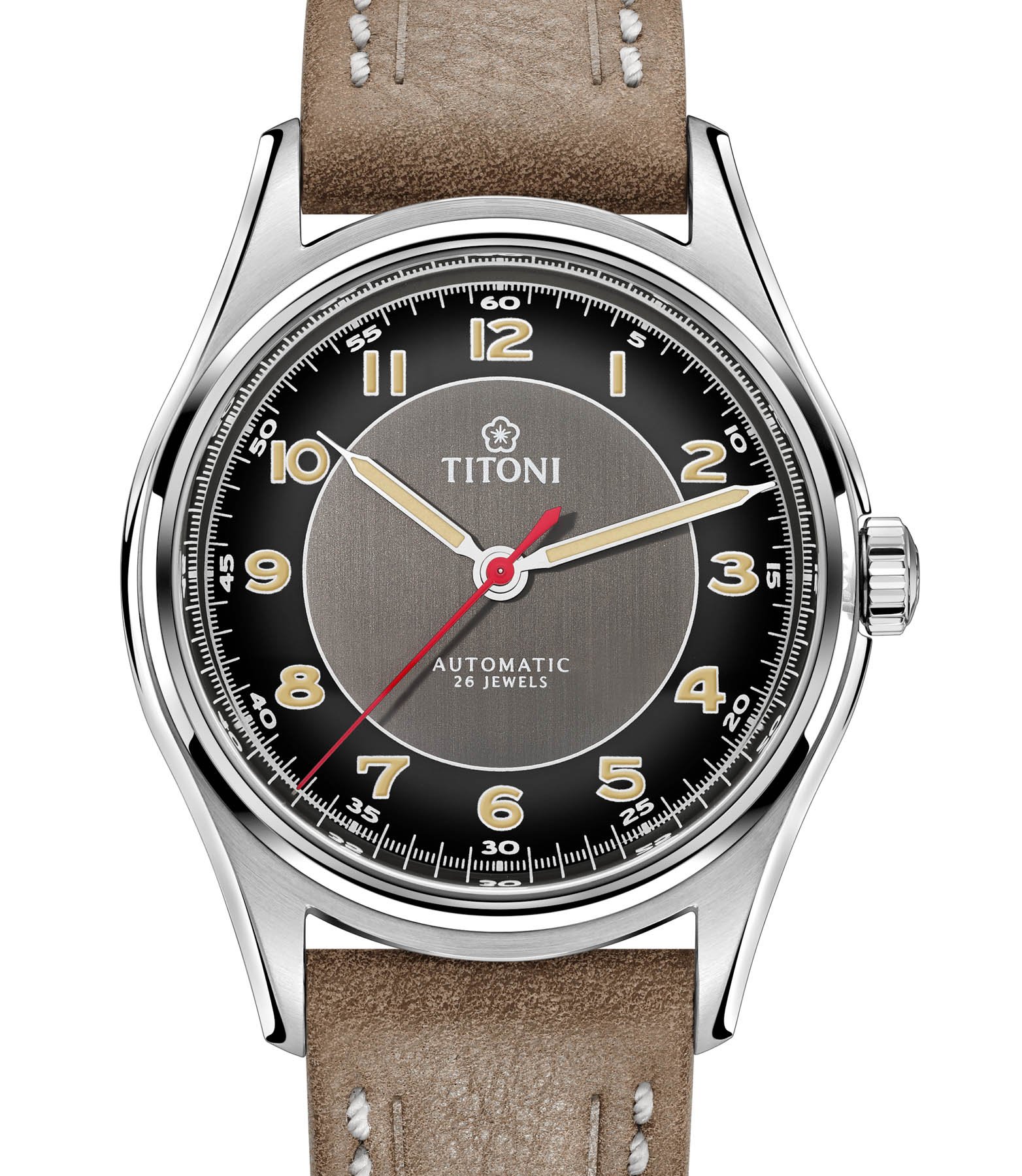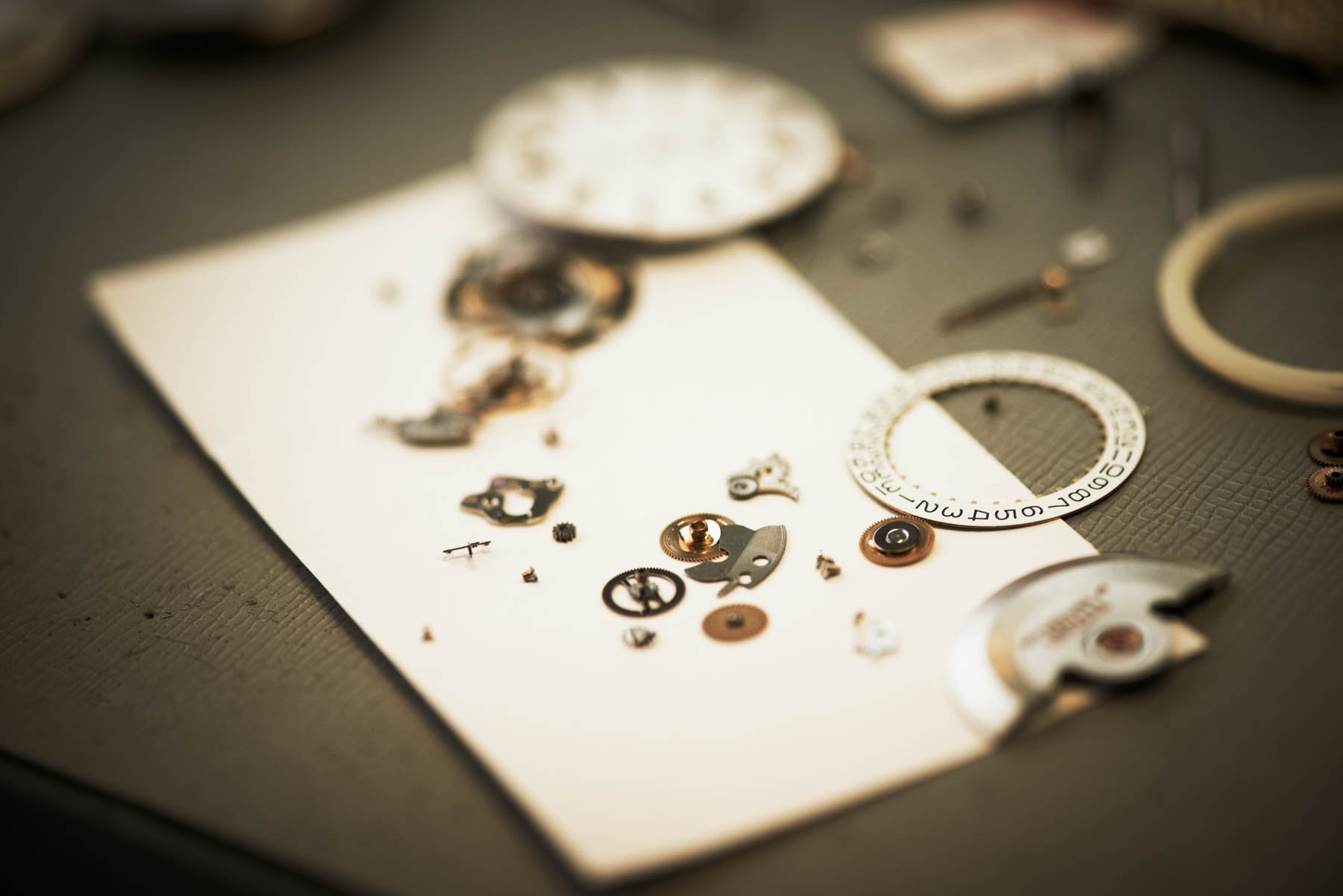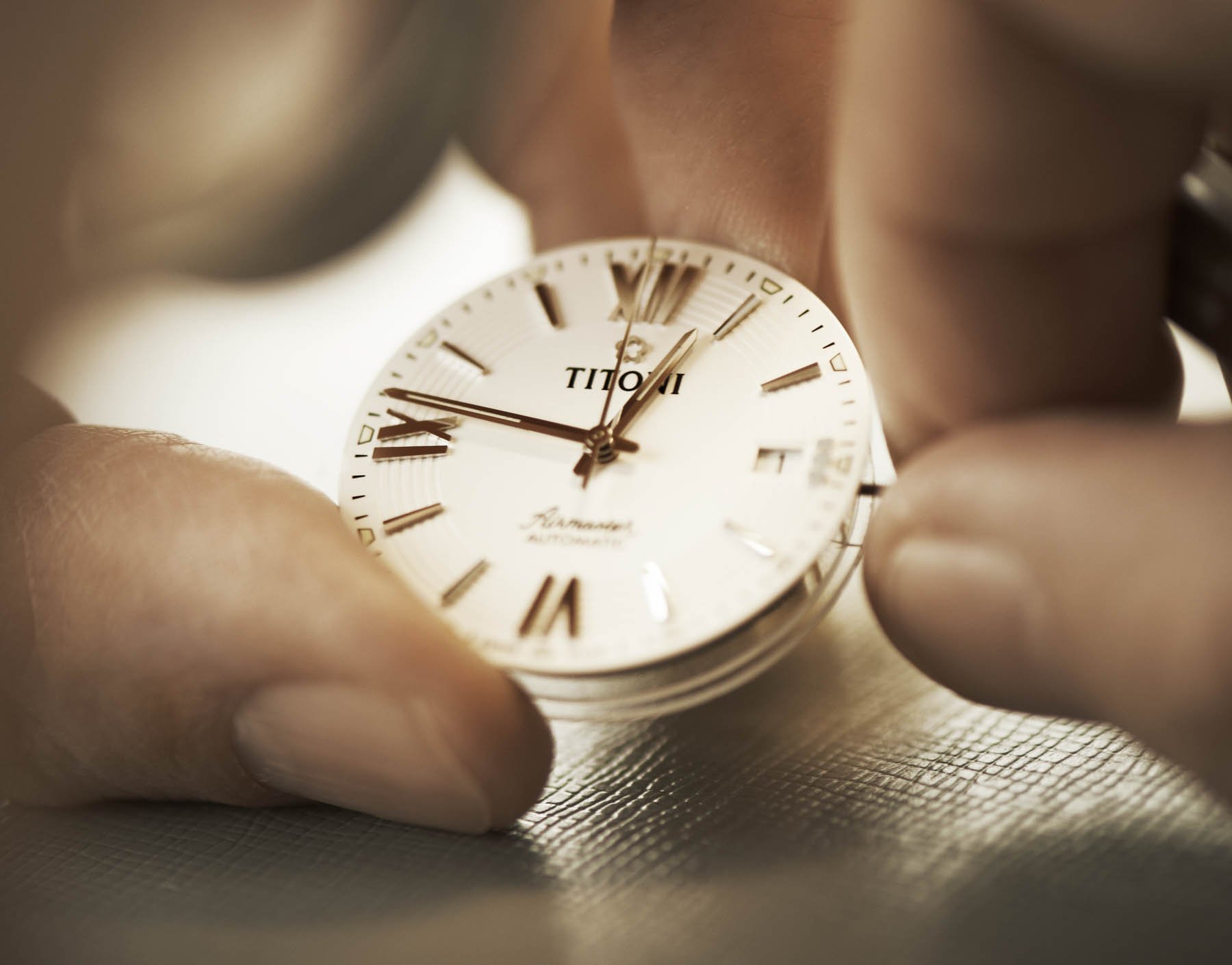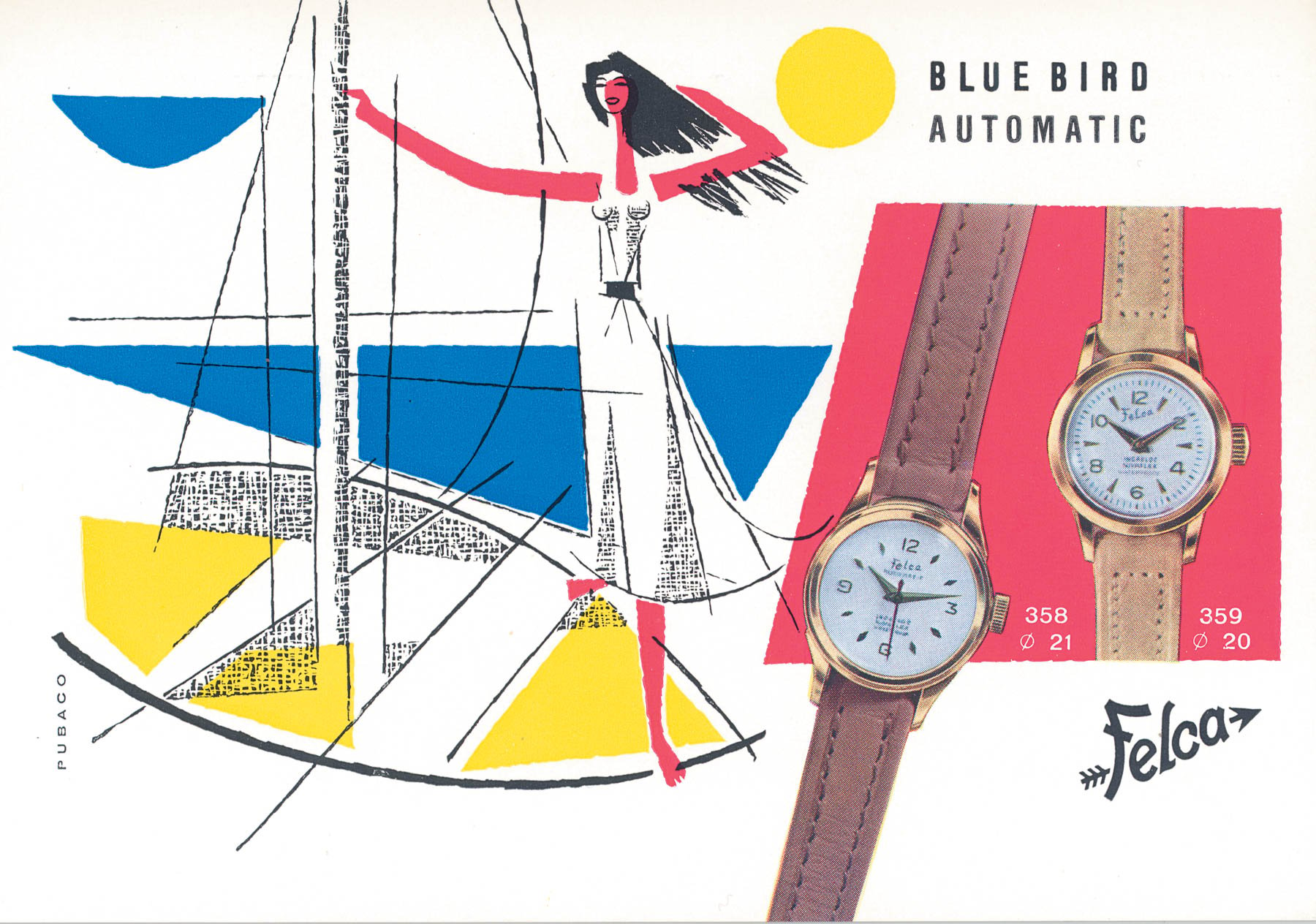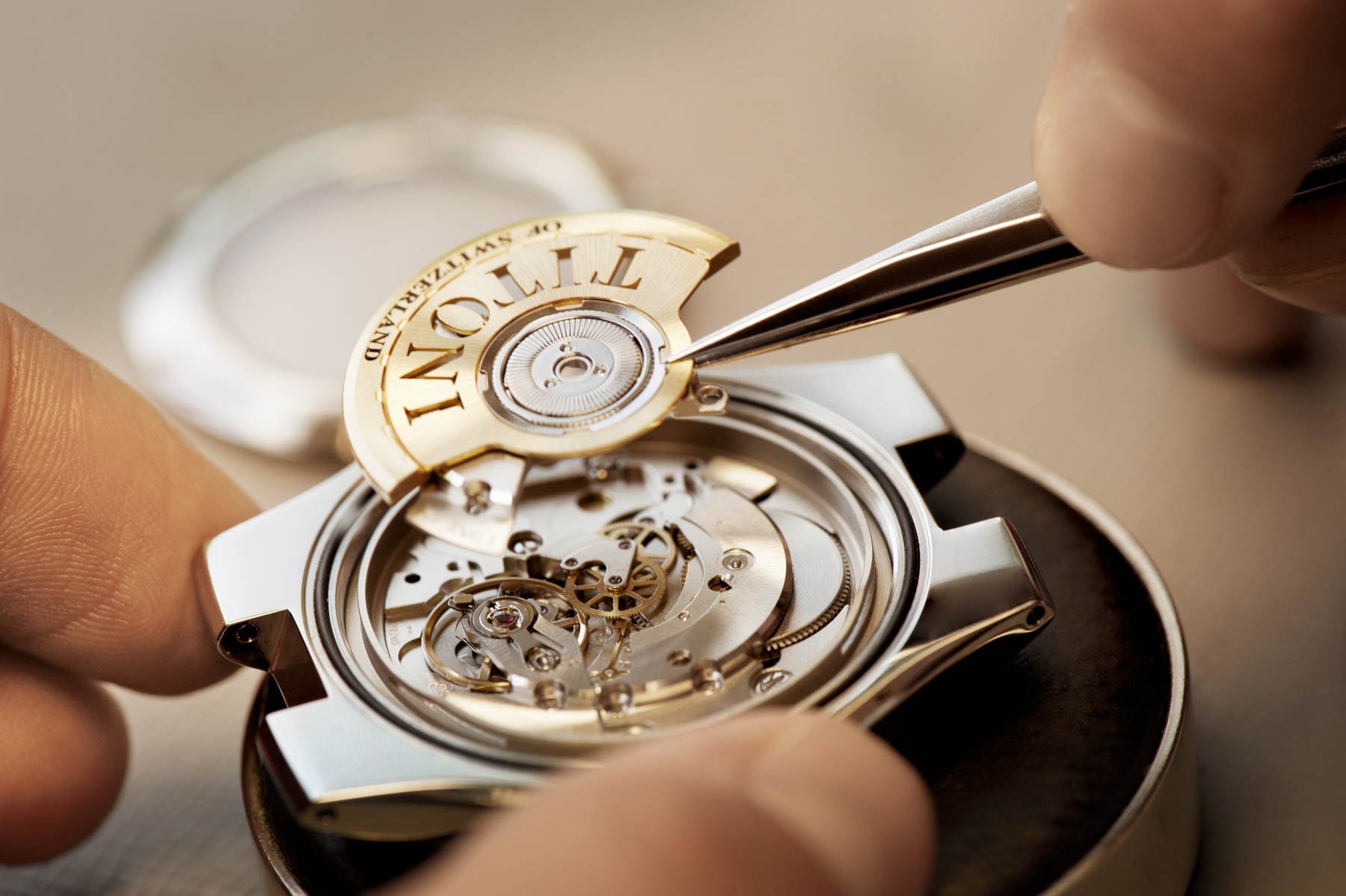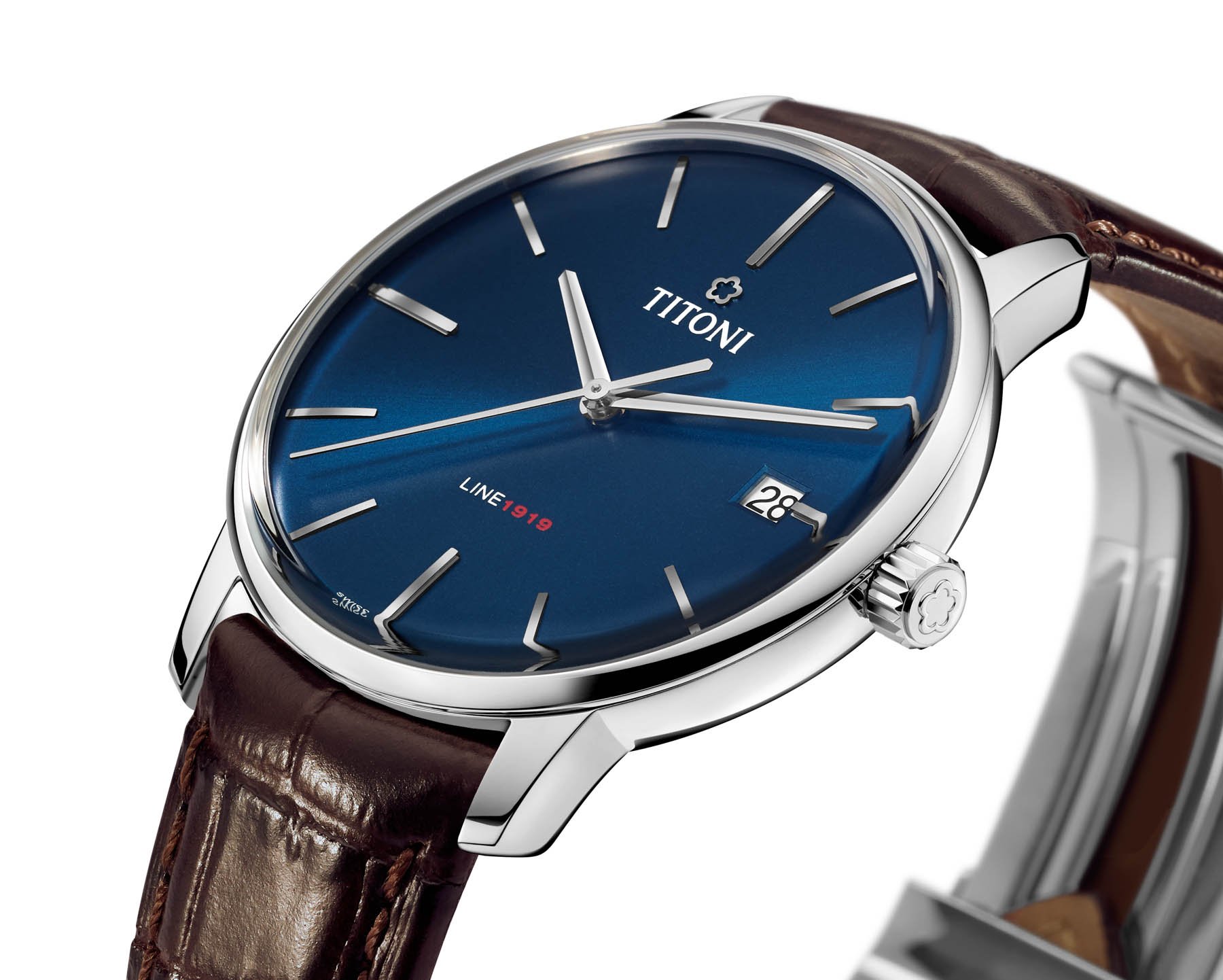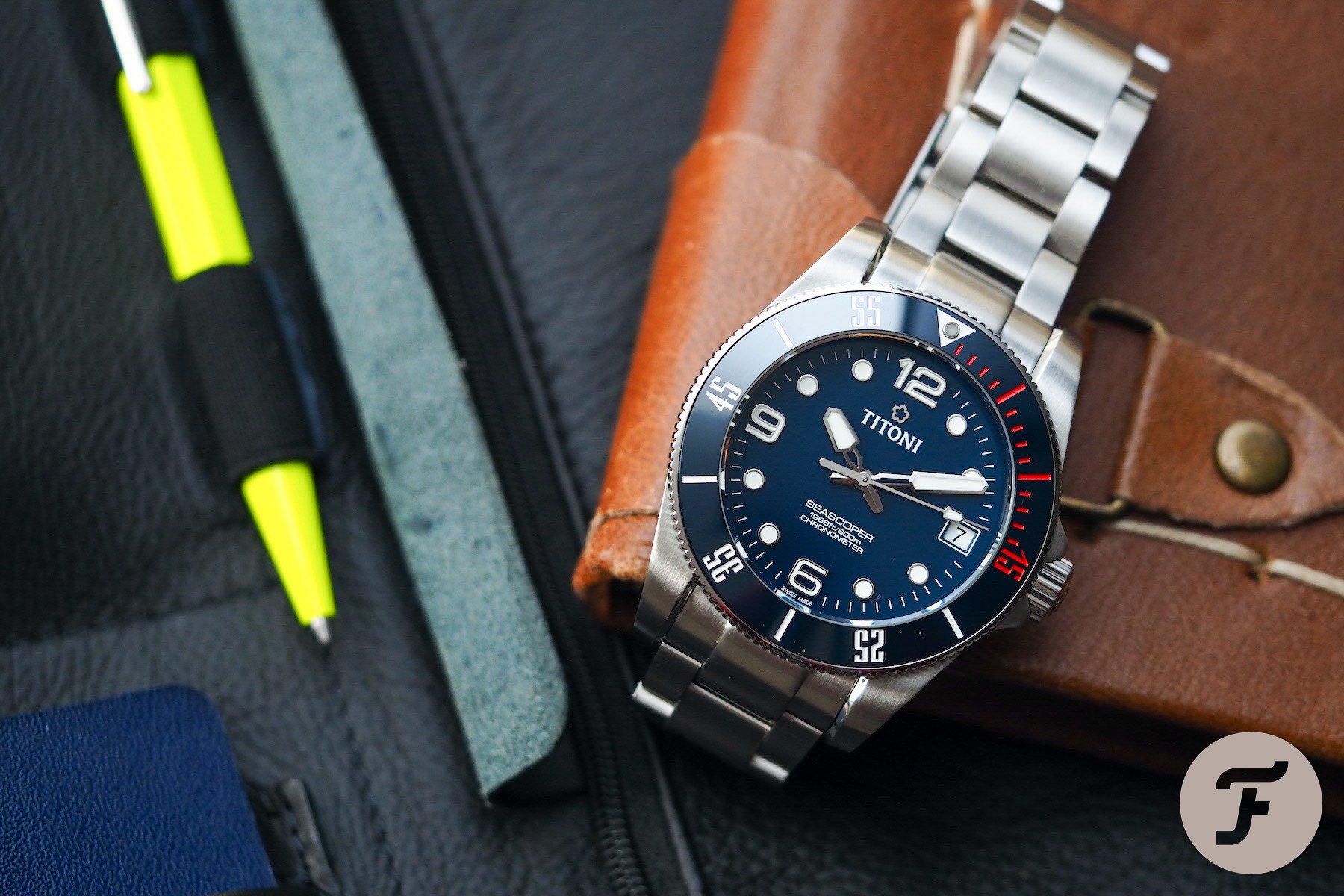Titoni — A Long-Standing Brand Holds Treasures Untold For The European Market
Titoni Ltd. is a Swiss watch manufacturer headquartered in the city of Grenchen. Two years ago, the family company, which holds a unique position in the Swiss watch industry in many respects, looked back on 100 years of watchmaking history.
The company was originally founded as Felco (later Felca) Ltd. by the grandfather of the current CEO, Daniel Schluep. In the early 1950s, the traditional Swiss watchmaking company expanded its business networks to Asia and began producing watches under the name Titoni. Today, Titoni Ltd. is one of the very few remaining independent watch companies in Switzerland.
In-house manufacturing
The independent, family-owned company has a long tradition of producing classic, mostly mechanical timepieces of the highest quality at affordable prices in its in-house atelier. The perfect interaction of specialization and manufacturing processes, as well as the strictest control standards, results in watches of an uncompromising “Swiss made” quality. Watch-lovers as well as experts regard Titoni watches as classics in the true sense of the word. And yet, it is fair to say that the Titoni brand does not get the attention it deserves in its native Europe. And that, in my opinion, is a real shame.
Design and technology go hand in hand for Titoni. The passion for detail can be seen in lavishly designed dials and the artistic combination of contrasting materials. Consistency is a core consideration in all the company’s key product lines. Titoni’s watch collections fulfill a range of needs and style expectations, but they always have a common denominator — classical elegance based on supreme quality.
Recently on Fratello, we covered the Titoni Seascoper — it was a watch that surprised this author as well as many of our readers. With that model, in particular, the company flexed its muscles. Over 100 years of experience turned-up to play when it came to designing and outfitting the Seascoper with the brand’s in-house movement. But let’s dive into the past to better understand how Titoni became so capable of such a feat.
1919 — Titoni is founded under the name Felca
The watch-making industry came to Grenchen, a small town in Switzerland, in the 19th century. With economic conditions still unstable, Fritz Schluep set up a watch company in 1919. He founded his company under the name of Felco. Later, he changed this to Felca. The company started out with just three employees. Historically speaking, 1919 was the year to start afresh. With the First World War just over and young hopefuls like Fritz Schluep seeking a brighter future, there was optimism in the air.
A true visionary, Schluep decided early on to look beyond the borders of Switzerland.
With courage and pure entrepreneurial spirit, Fritz Schluep worked hard to achieve an international reach, offering a variety of watch models each year. A true visionary, Schluep decided early on to look beyond the borders of Switzerland. This resulted in Felca’s first sales in Germany, America, and Japan. Hard work and a future strategy that resulted in the company expanding to 15 employees in just one year meant quickly brought success to the young Schluep’s door.
1930 — Fashion to the forefront
The 1920s saw a significant rise in the world of fashion and design. This new global interest influenced Felca’s models. Incorporating a blend of elegant designs with sumptuous materials and extravagant colours, Felca produced some magnificent watches that catered to the changing times.
Fritz Schluep battled on with great zeal and an iron will…
However, the Great Depression of the 1930s led to huge problems. The entire Swiss watch industry was plunged into economic paralysis. Fritz Schluep battled on with great zeal and an iron will and began producing watches that were of a high quality yet affordable, thus managing to retain his customers.
1935 — Moving with the changing times
A new wave of optimism surged through the world in the 1930s, giving rise to a new movement called Modernism. With great accomplishments in the field of art, painting, architecture, and design, Felca also moved with the times and incorporated new and innovative technologies to produce more sophisticated watches without losing touch with its roots and tradition.
The launch of the 309 715 ladies’ gold watch further sealed the brand’s reputation for innovation. The ladies’ gold watch was finished in 18-carat gold and had a domed watch glass that emulated women at that time: ladylike yet self-assured.
1945 — Felca for the US Army in the Second World War
The following years marked the steady development of Felca, which had now grown to over seventy employees. It was during this boom time that Bruno Schluep, the eldest son of Fritz Schluep, joined the family company.
These watches were highly functional and simple to maintain and repair.
Before this, Bruno had completed his training as a “Horloger complet” — a watchmaking all-rounder. Thanks to his experience in American watch factories during the Second World War, the US Army placed an order for 30,000 watches before the conflict ceased. As a result, Felca produced an incredible timepiece that met all the military design criteria. These watches were highly functional and simple to maintain and repair. With his understanding of international business management and markets, Bruno proved to be an irreplaceable asset. He helped Felca tap into countries around the world.
1950 — The founding of Titoni on the Meihua blossom
In its effort to break into markets around the world, Felca initially explored the Near and Middle East, the Indian Subcontinent, and later in the Far East. Convinced of impending success, Bruno Schluep entered these markets with great vigor and tenacity.
Combining Swiss quality with the Asian business market was an opportunity that Bruno Schluep could not afford to miss. A chance encounter led to his meeting Mr. Koh Mui Yew, a businessman from Singapore. The two entrepreneurs reached an agreement to launch a new brand with a pleasing name; thus the name “Titoni” was born. It encompassed watches that were more expensive, addressing a different clientele altogether.
In addition to the change in name, a stylized flower, the meihua, which means “plum blossom” in Chinese, was incorporated in the manufacturer’s brand name. Titoni’s story is similar to a mei tree that lives for a long time and can reach an age of more than a thousand years. And just like Mei is a family name, Titoni too prides itself on being a family-oriented business.
The effects of modern marketing greatly aided Titoni’s success as a brand in the Southeast Asian market.
This led to the launch of individually designed watches such as the “Sportmaster”, “Airmaster”, or “Rist-Mate” in the early 1950s, albeit under the “Felca” brand name. The following years saw the launch of the “Maharajah”, the hand-wound Felca moon phase watch designed for the Indian market, and the “Desert Router” for the Middle East market.
1960 — The metamorphosis of Felca to Felca & Titoni Watches
Fritz Schluep, the brand’s founder and spiritual father, died in 1959. Bruno Schluep, the heir to the family throne, took control of the company. When the Titoni brand name was launched, it not only resulted in massive sales but also accounted for an increasing share of total sales. Felca was renamed Felca & Titoni Watches in the 1960s. The ensuing years saw Felca watches being mainly sold in Europe, the Near and Middle East. Titoni sales, however, were concentrated in Southeast Asian countries and later China.
…ground-breaking for its innovative technology.
The 1960s saw the emergence of American pop-inspired, arty as well as fresh, feminine watches in bold colors and geometric forms. Titoni also launched its own Airmaster model that was ground-breaking for its innovative technology. It was a radically modern collection and has remained one of Titoni’s leading models up to now.
1970 — The era of “Retro” magic
An era of artistic “revival”: Felca & Titoni Watches drew inspiration from this era with similar design concepts, with minimalistic designs devoid of unnecessary decoration. The “Race King” by Titoni, for instance, reflected classical touches of the colonial style with refined and elegant designs. This 1970s men’s watch was conceived with the “retro” theme in mind. Titoni also introduced the “Space Star” series, which was equipped with an automatic movement and drenched in unconventional design concepts like the classical Bauhaus style.
In 1979, Titoni introduced its first ever dive watch called the “Seascoper”, a robust, watertight diver’s watch. The watch expressed (and still expresses) an insatiable thirst for adventure.
1980 — Glamorous genesis of the second generation
Soon after celebrating its sixtieth anniversary in 1979, Felca & Titoni Watches was joined by the third generation of the Schluep family, Daniel Schluep. After Bruno’s death in 1981, his youngest son Daniel joined the company. Endowed with a thorough understanding of the watch industry, Daniel, like his father, immersed himself in the world of watchmaking.
The share of quartz watches never exceeded twenty percent at Felca & Titoni Watches.
The Swiss watch crisis of the 1970s and early 1980s was precipitated by the success of the quartz watch. At the time, quartz was regarded as the technology of the future. It also hurt the family business in Grenchen. However, it damaged the competition more. Felca had wisely opted for a “reasonable” balance between producing mechanical and quartz watches. The share of quartz watches never exceeded twenty percent at Felca & Titoni Watches.
Daniel Schluep’s marketing interest and Titoni’s management interlaced excellently with the history and culture of the Far East. This enabled a profitable bond between the two. The 1980s saw the return of conservatism. Titoni demonstrated its support for the changing world by launching its masculine-tinged feminine watch the “Cosmo 88 Lady”. The Cosmo 88 combined an elegant design with pioneering technology.
1990 — The re-definition of luxury
The glamorous and glitzy 1980s soon made way for the 1990s. Designs calmed down so that refined and discreet masterpieces began to see the light of day. Luxury took on a whole new meaning.
In 1994, Titoni introduced an automatic timepiece called the “Cosmo 3000”. The Cosmo 3000 had a second time-zone indication. Models exuded an aura of simplicity combined with exquisite fine jewelry, creating watches that showcased Titoni’s expertise in classic and simple watches with a touch of elegance.
2000 — Looking forward to a bright future
The 21st century saw the advent of spectacular timepieces and several new watch series from Titoni. These included, for example, the special “Zheng He Edition”. This a sport-style, world-timer watch was dedicated to the famous Chinese sailor after whom it was named.
In its anniversary year, the company presented the T10 caliber.
In 2019, Titoni looked back over an extraordinary 100-year history. With this unique heritage, formed by the distinctive visions of the three patrons of the Schluep family, the Swiss watch company has long been famous for its popular and well-known series such as the Master Series, Airmaster, and Cosmo. In its anniversary year, the company presented the T10 caliber. This was the very first watch movement to have been developed and manufactured internally in the brand’s history. It first started ticking in the “Line 1919”, a minimalistic series that pays homage to the founding year of the company.
The present-day
In 2020, the Seascoper 600, a COSC-certified chronometer, was also fitted with Titoni’s very own manufacture movement. The watch is water-resistant to a depth of 600 meters. It has been developed specifically for professional divers, setting new standards in this field.
To this day, the essence of Titoni watches lies in attention to detail. The company’s watchmakers put all their passion and skills into producing timepieces that reflect TITONI’s motto: “It is not the desire for growth and quantity but first-class quality and the love of details that matter.” Learn more about the brand here.
This is a preferred position post. Learn more about the brand here.


